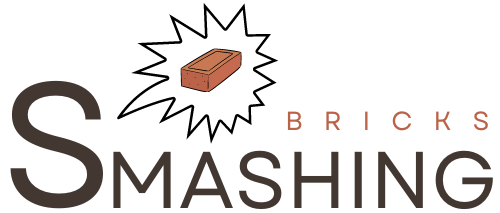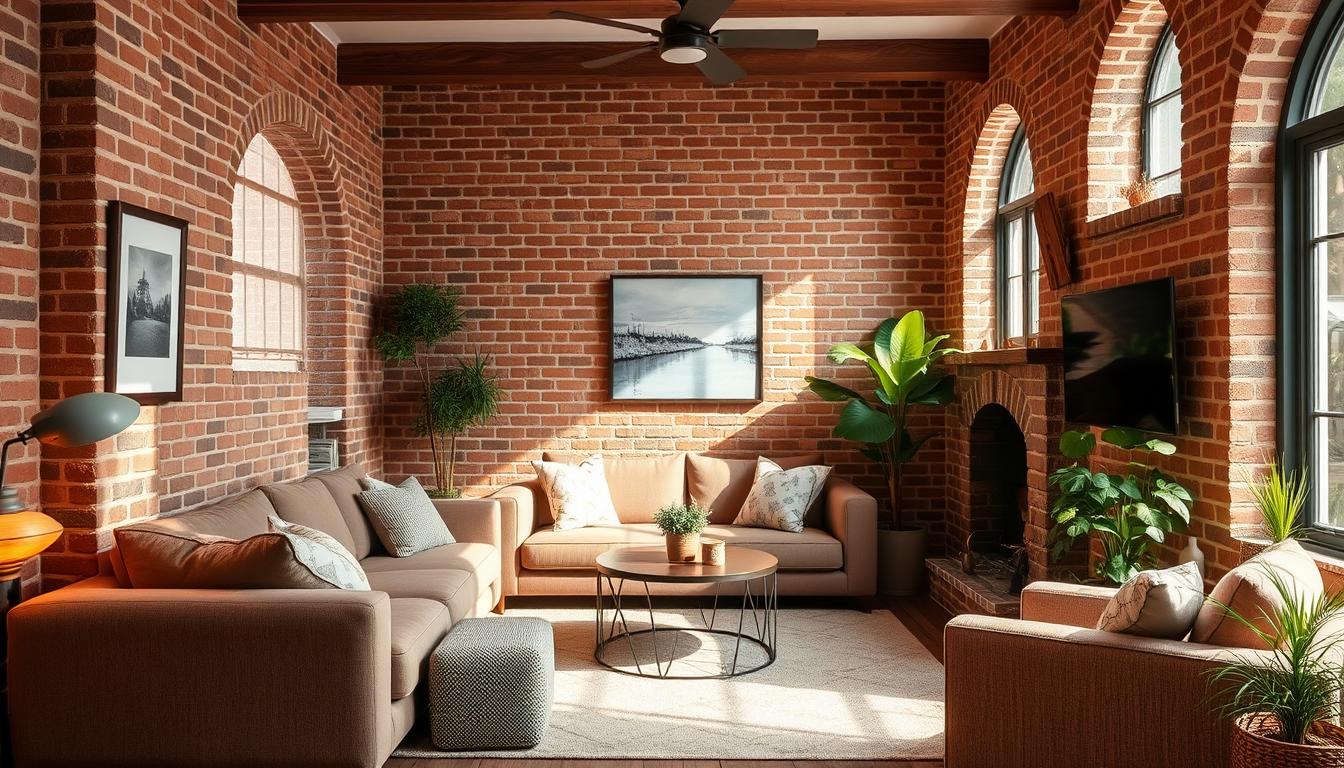When it comes to enhancing the natural look of your home interiors, few materials can compete with the timeless appeal of brick. Brick cladding lends warmth, visual texture, and a distinct architectural style to any room. Whether you’re aiming for a rustic farmhouse vibe or a modern, eco-friendly aesthetic, using natural materials like brick can elevate your design. A popular choice among homeowners and designers is the use of thin bricks, available from widely recognized retailers like Lowes. Not only does this option provide an affordable alternative to traditional masonry, but it also opens up a plethora of innovative design possibilities.
For instance, a farmhouse sunroom can receive a charming update through the creative use of thin bricks. The process begins with a foundational scratch coat of stucco, which prepares the surface for the thin brick installation. According to designer Rosa Beltran, this method can be more cost-effective compared to wood siding, while seamlessly transitioning from the ground up to detailed brickwork. Adding dimension with regular bricks around features such as window sills and archways can create captivating visuals that exude warmth and texture.
Post-installation, you have the option to finish the project with a standard latex house paint or opt for a limewash, each providing a unique yet cohesive natural appearance. It’s important to hire a qualified contractor for the job, as the craftsman-like skills of a tile setter translate to a more economical labor cost compared to a finish carpenter. Utilizing sanded grout to fill spaces between the bricks enhances the durability and aesthetic appeal of your cladding, ensuring a lasting investment in your home’s charm.
Key Takeaways
- Brick cladding offers a natural look and enhances the warmth and texture of home interiors.
- Thin bricks sourced from Lowes are an affordable alternative to traditional masonry.
- A scratch coat of stucco serves as a preparation layer for thin brick installation.
- Paint or limewash finishes provide unique and authentic looks to brick cladding.
- Hiring a contractor akin to a tile setter is recommended for economical installation costs.
- Add dimension and visual texture by detailing around architectural features with regular bricks.
- Using sanded grout enhances both the durability and aesthetic appeal of the cladding.
Design Techniques and Material Choice
Crafting the perfect home interior through brick cladding involves understanding both design techniques and a purposeful selection of materials. Merging these elements ensures a balanced, timeless appeal while maintaining functionality.
Choosing the Right Type of Brick
When evaluating the right material choice for your home’s brick cladding, consider both rustic aesthetics and durability. Red bricks are a popular option due to their durable nature and ability to combine rustic charm with a modern urban vibe. Texture and shade variations enable you to achieve a desired look while also ensuring the material can withstand adverse weather conditions. Bricks like fiber cement, though initially pricier, offer long-term savings through reduced maintenance needs.
Incorporating Rustic Aesthetics
Achieving the right rustic aesthetics involves integrating natural materials thoughtfully. Light grey stone cladding beautifully merges with wooden elements, particularly in cozy spaces like dining areas. Such combinations not only endorse minimalism and elegance but also elevate the overall charm. Features like stone-clad decorative corners or external wall accents add unique elements to your home’s décor, resulting in a timeless appeal.
Eco-Friendly Design Considerations
Embracing eco-friendly design is not just a trend but a necessity. Choosing materials like eco-friendly mosaic tiles can align your interiors with green design principles. Selecting high fire-resistance rated cladding materials, particularly in wildfire-prone regions, ensures compliance with local regulations and enhances safety. Furthermore, proper insulation and ventilation are key, maintaining consistent indoor temperatures and preventing moisture-related issues.
| Cladding Material | Benefits | Considerations |
|---|---|---|
| Brick Cladding | Excellent thermal insulation, fire-resistant, low maintenance | May be costly and heavy, needs additional support |
| Stone Cladding | Natural, elegant look, durable | Expensive, heavy, may need structural support |
| Wood Cladding | Warm, inviting, good insulation properties | Requires regular maintenance, susceptible to rot and pests |
| Metal Cladding | Modern, sleek appearance, highly durable | Expensive, may require insulation to prevent temperature fluctuations |
Ultimately, the combination of meticulous design techniques and strategic material choice leads to home interiors that resonate with rustic aesthetics, embrace eco-friendly design, and maintain a timeless appeal.
Installation Methods for Brick Cladding for Home Interiors
Installing brick cladding inside your home brings a touch of rustic charm and timeless beauty. Whether you are looking to create feature walls or simply enhance the overall aesthetics of your space, understanding the right installation methods is crucial. This section will delve into the key steps you need to follow, ensuring that your brick cladding project is both structurally sound and visually remarkable.
Preparation and Application
Preparation is the cornerstone of any successful brick cladding installation. Begin with a scratch coat similar to that used in stucco applications, which not only ensures proper adhesion but also serves as a waterproofing layer. The maximal variation from plane should be ¼ inch in 10 feet, and the wall stud framing should not deflect more than L/360. After applying the scratch coat, thin bricks are methodically positioned with spacers to maintain consistency and structural integrity. Utilize a sanded grout between the bricks to create the desired brickwork texture. The grout should be laid to a thickness of ⅜ to 1¼ inches, ensuring that all joints are filled adequately.
Advanced Installation Techniques
Advanced techniques can further bring your vision to life by incorporating intricate elements like window sills, header details, and archways. Utilizing traditional bricks in combination with thin brick cladding offers architectural depth and uniqueness. For enhanced durability, particularly in high-stress areas, the minimum shear strength between thin brick and substrate should be at least 50 psi. For wall stability, ensure that movement joints are spaced no more than 18 feet apart and that the max area between movement joints does not exceed 144 square feet.
Innovation in installation methods has introduced efficient solutions like the Speedymason Peel n’ Stick system, allowing most thin brick to adhere directly to the backer panel, significantly speeding up the installation process. Alternatively, the Speedymason Brick Lath system can expedite exterior thin brick wall installations by 2-3 times compared to traditional methods. To finalize, either standard latex house paint or a limewash finish adds the perfect touch of elegance and protection.
Armed with these advanced installation techniques and careful preparation strategies, you can effortlessly achieve a stunning brick-clad interior that exudes innovative design and lasting appeal.

